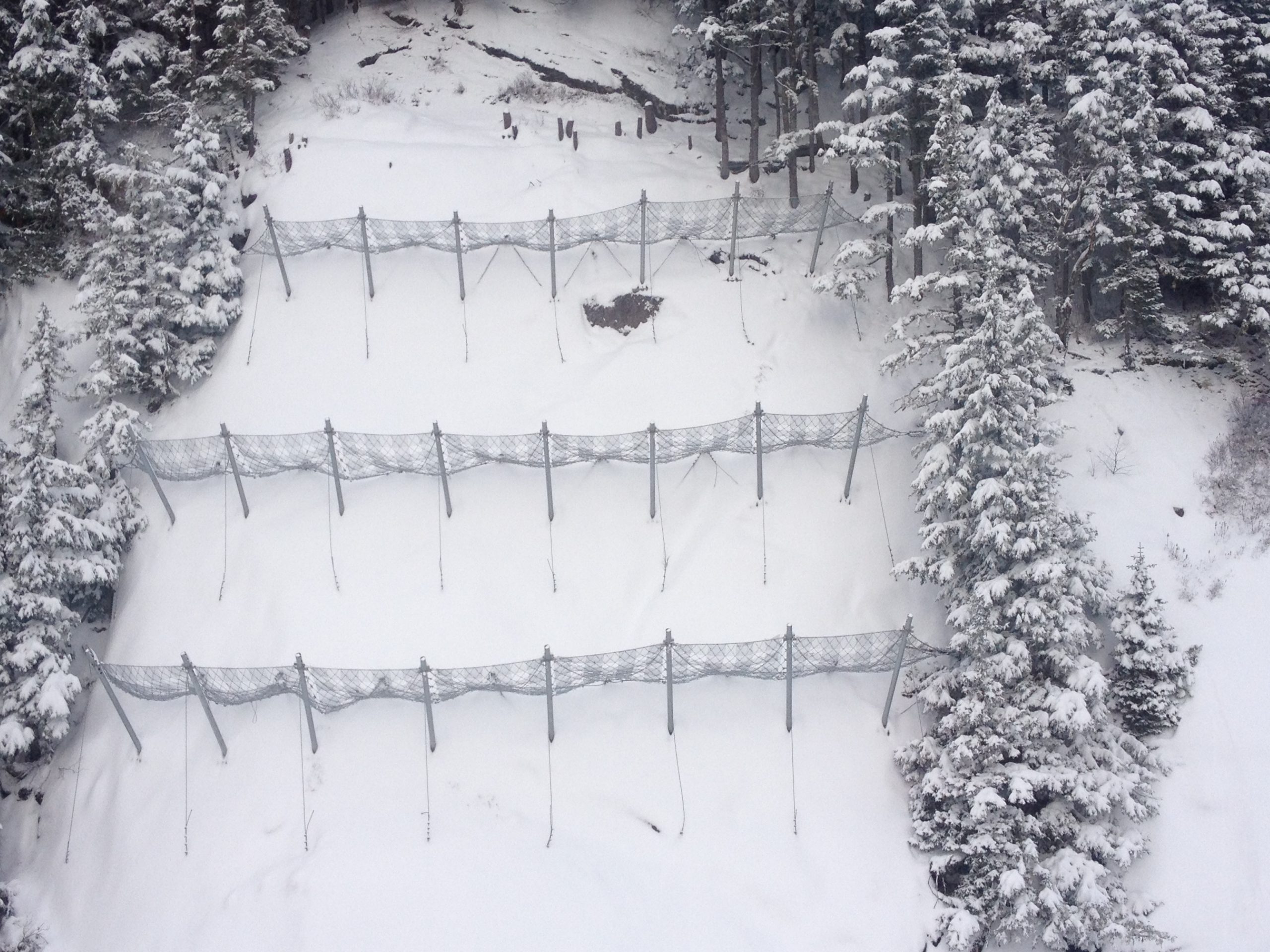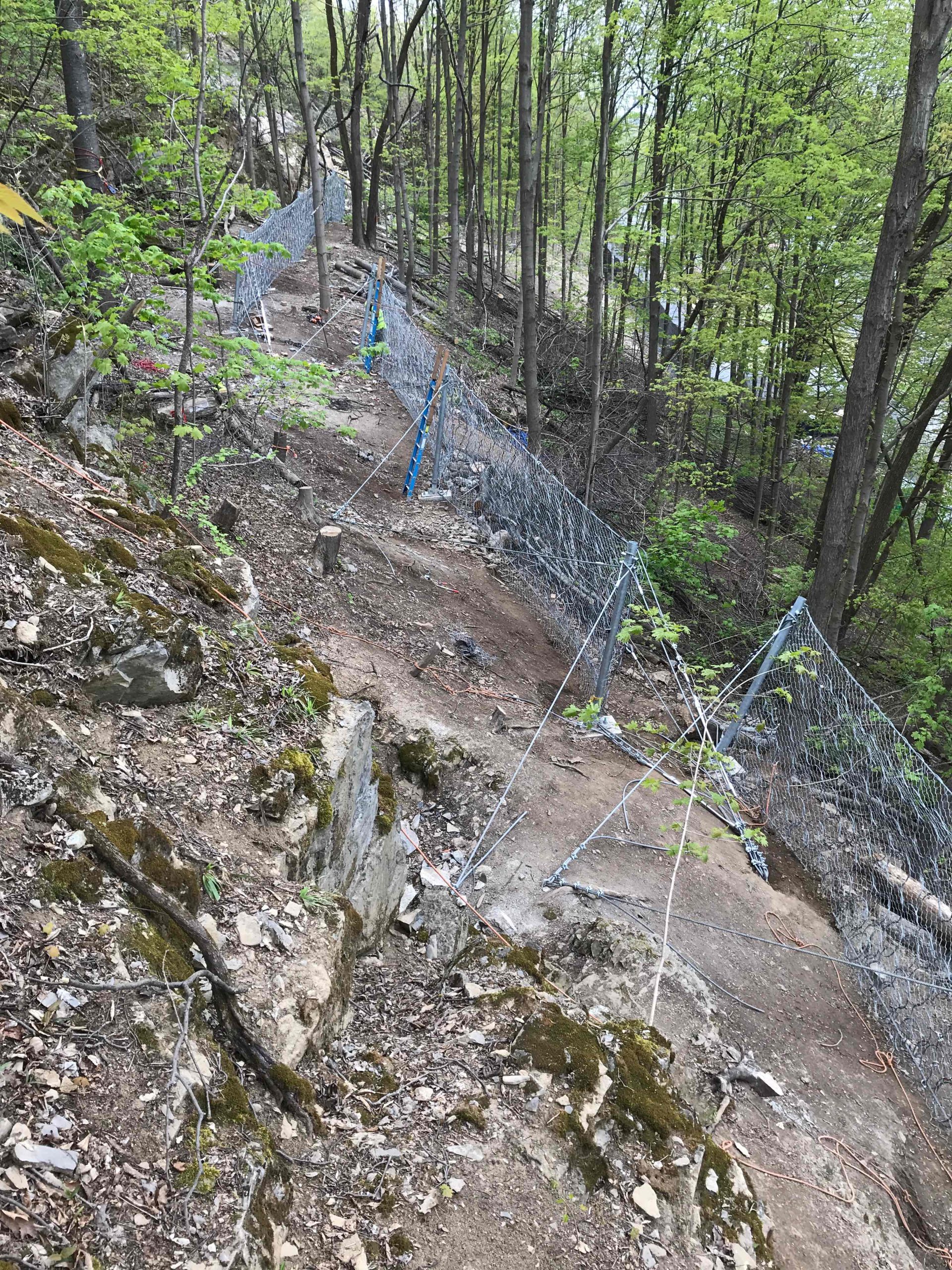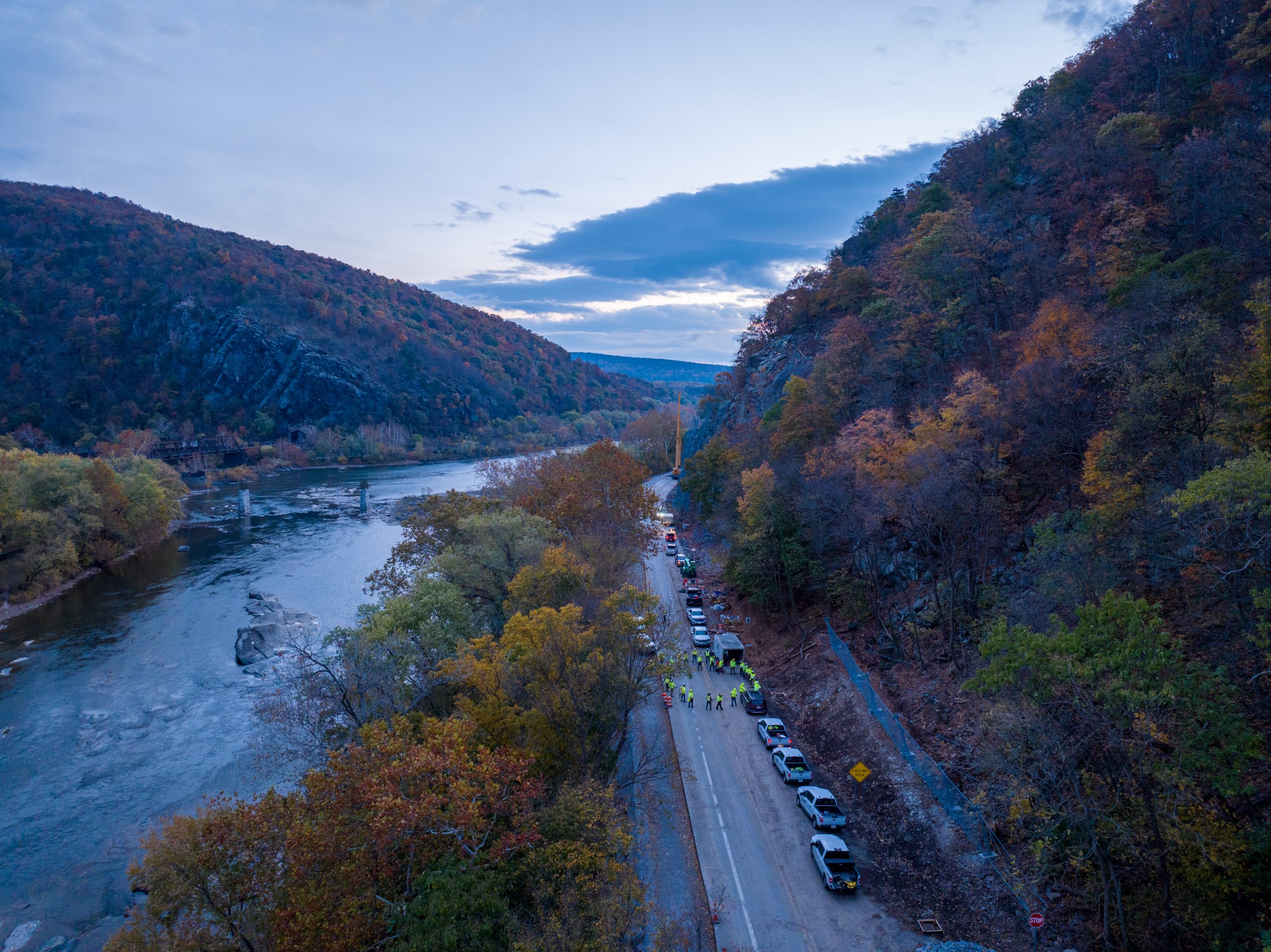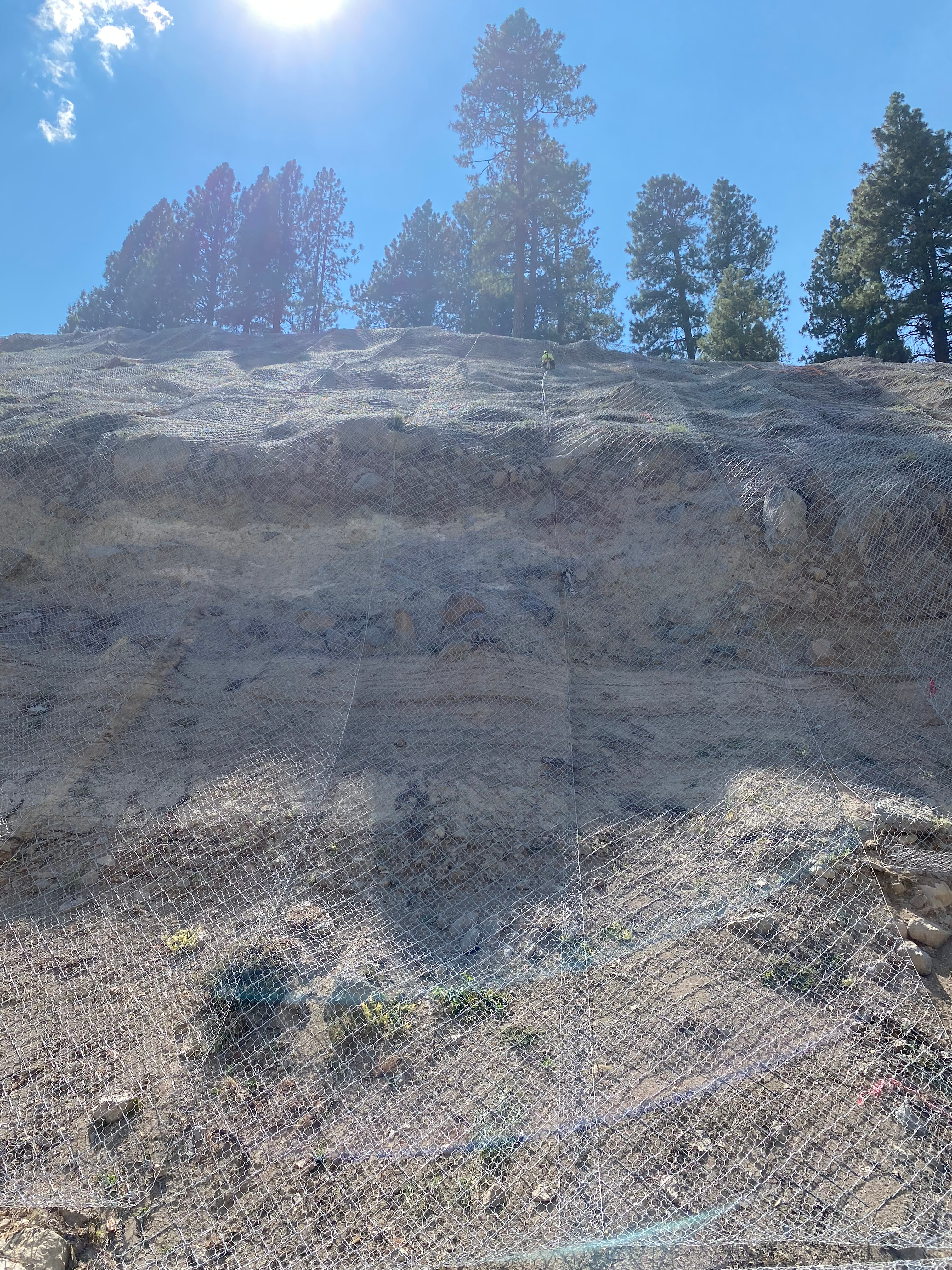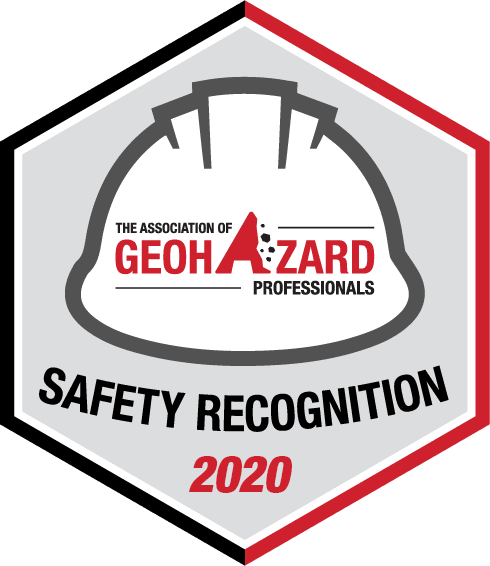What are rockfall barriers?
Essential components of geohazard mitigation systems designed to protect infrastructure and personnel from the potential dangers of rockfall incidents in challenging terrains. These barriers are specifically designed to absorb and contain falling rocks, minimizing the risk of damage to structures and ensuring the safety of individuals in the vicinity.
